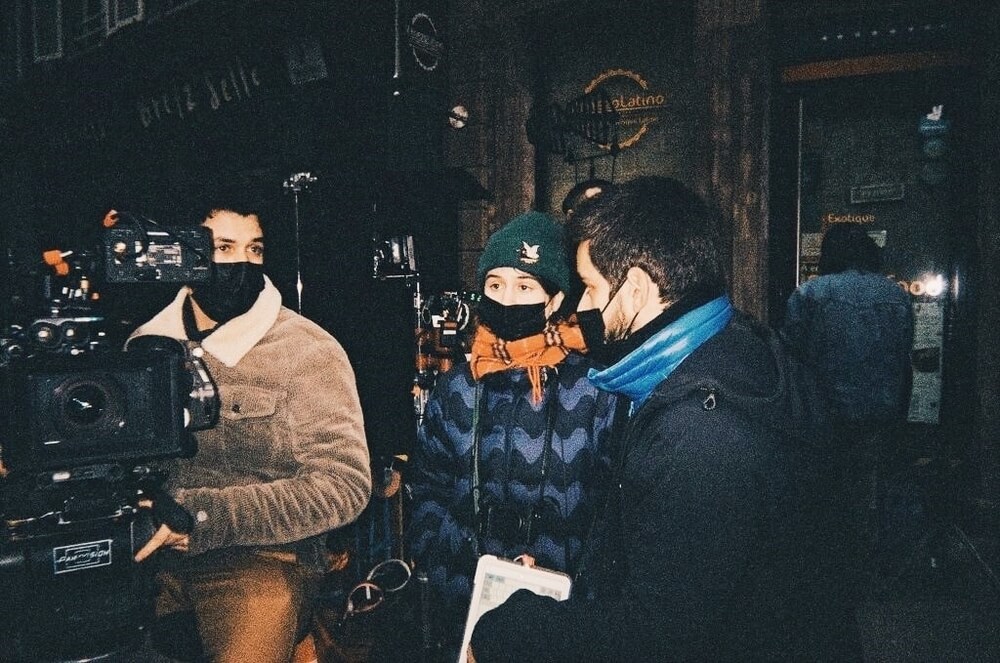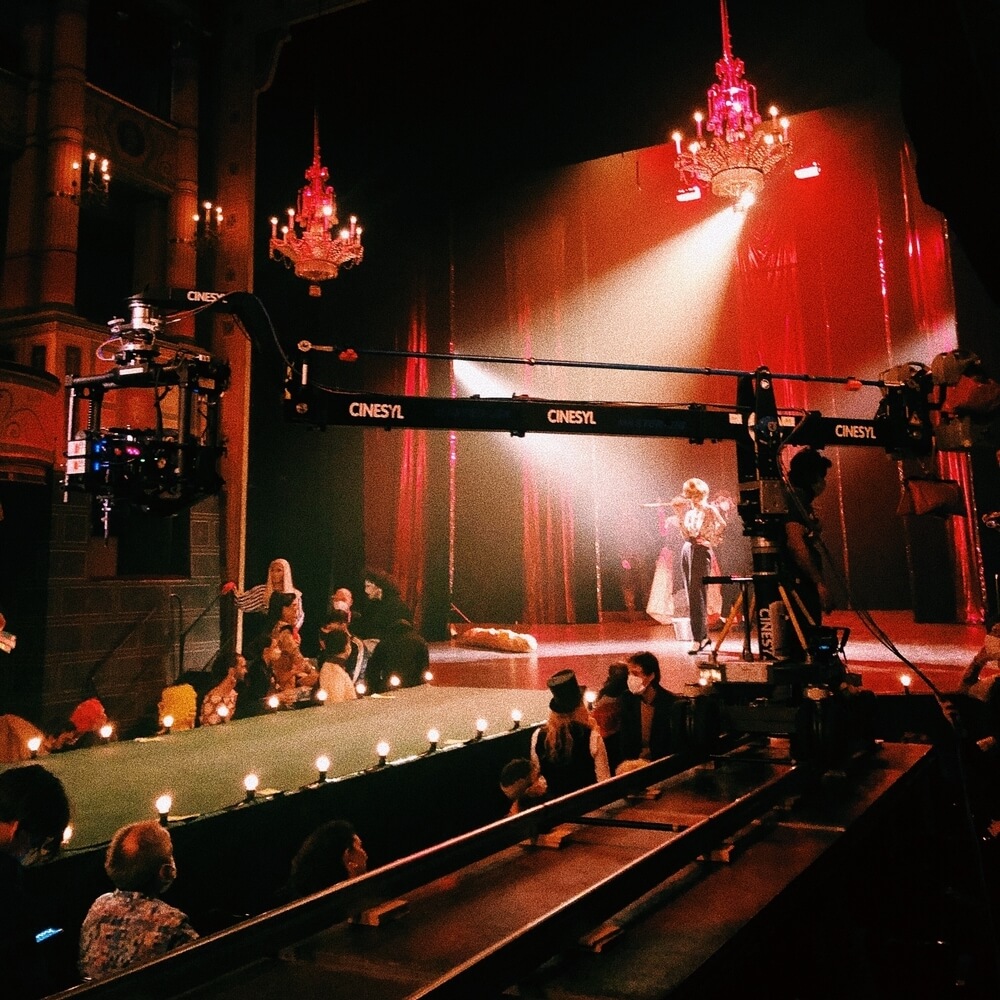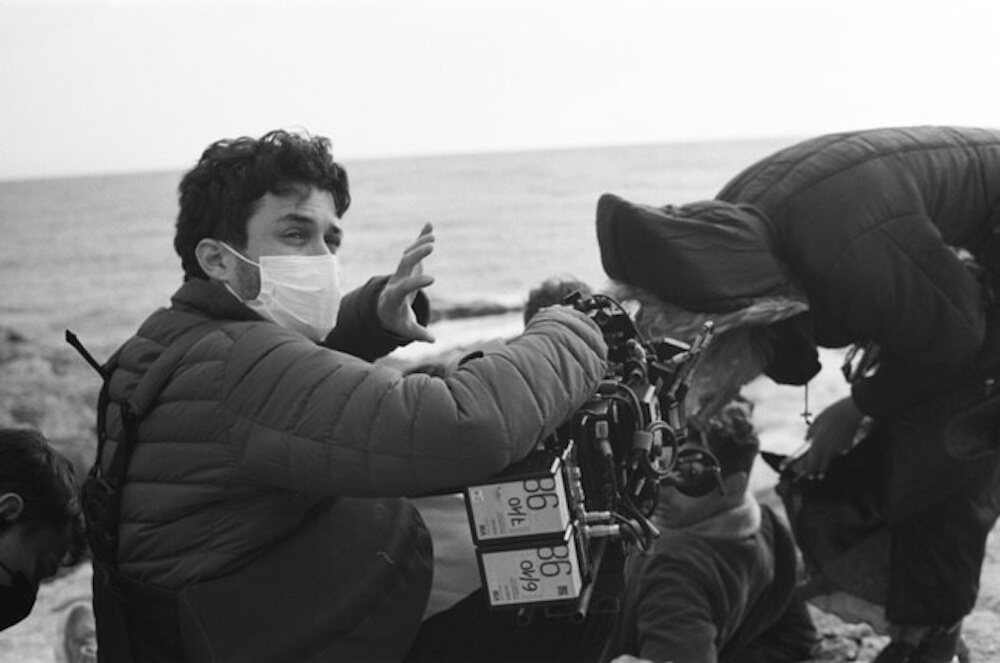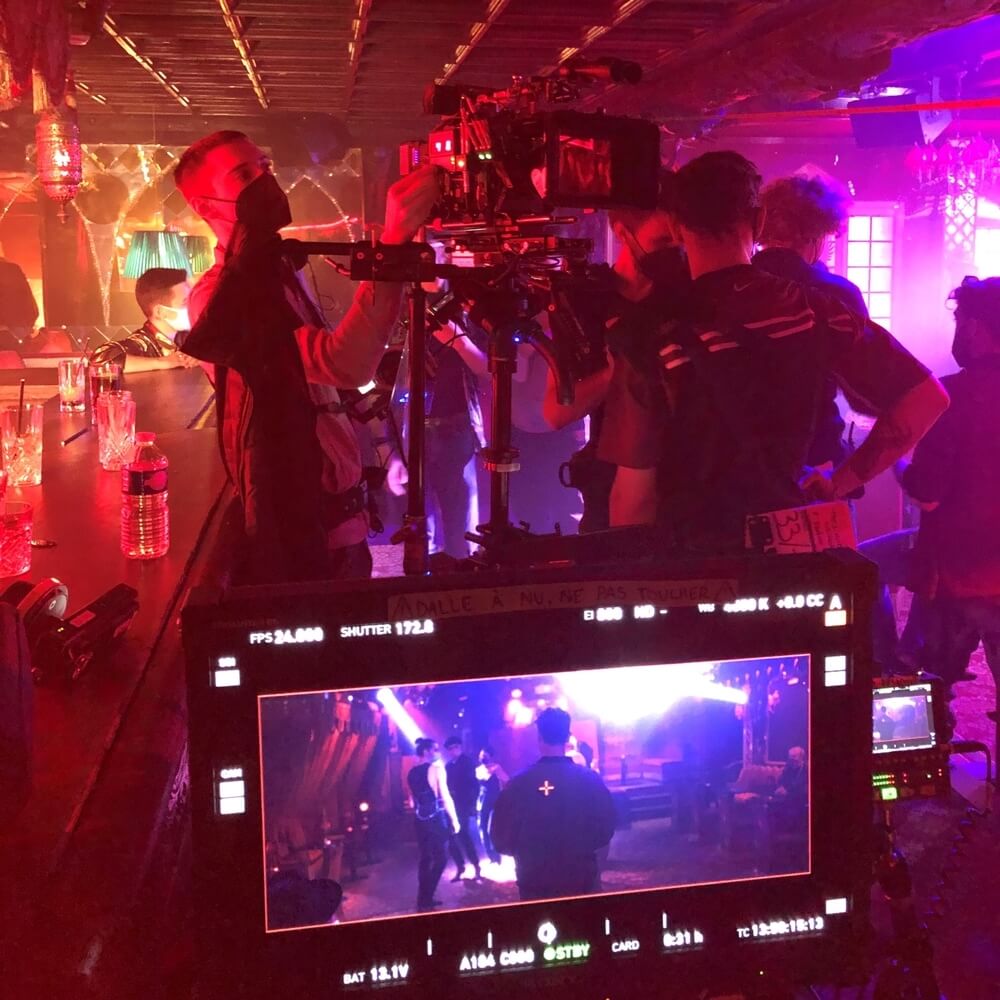Unmistakable Charm

The story of a shy photographer who breaks out of his shell after attending a succession of drag shows, Three Nights a Week offers an honest look behind the veil of personal identity. The movie was co-written and directed by Florent Gouëlou, who imbues the story with spirit and wisdom that only experience can bring. For the production, Gouëlou reteamed with cinematographer Vadim Alsayed to help ensure the director’s debut feature would ring true. Here, Alsayed recounts their creative path and the support they found from Panavision Paris.
Panavision: How did you become involved in the project?
Vadim Alsayed: Our collaboration was born when we made his graduate film Un homme mon fils together at [French national film school] La Fémis. Following that short film, we then made three others together, including Beauty Boys, which was the film we shot with Yukunkun Productions before Three Nights a Week. Florent told me about his feature film project as soon as he left La Fémis, in 2017, and he called me when the preparation for Three Nights a Week started.
How would you describe the look of the project?
Alsayed: The film deals with several subjects: on the one hand, the world of health and AIDS prevention, the daily life of Baptiste [Pablo Pauly] in his relationship, and his work at Fnac, and on the other the world of nightlife and his discovery of the drag universe — lights, colors, sequins and the show. The drag show had to shine, be colorful, bright. Florent voluntarily chose to place his film in the Christmas period so as to never leave the color or the shine in the night. We thus thought of Christmas garlands that we wanted to be present in all non-drag moments, Christmas trees, all kinds of colored or luminous Christmas decorations. If we had listened to each other, we would have decorated all of Paris, Strasbourg and Martigues with hundreds of garlands, fir trees and Christmas decorations! We thought of Kubrick’s Eyes Wide Shut, which excels in this area. Ultimately, I think it's a good thing we didn’t have the means to put too much on, because I like the contrast between outdoor life and the world of parties and spectacles, allowing a return to reality when leaving the shows.
The challenge of the film was also to find different harmonious colors between each sequence of parties and drag shows. We therefore made choices to create a progressive evolution. My fear was that we might fall into a redundant visual universe from one evening to another.
Regarding the exteriors, as we had started with the presence of warm garlands, I decided to light up every night in blue-green so as to create color contrast.

Were there any particular visual references you looked at for inspiration?
Alsayed: Florent immediately spoke to me about Nan Goldin’s way of placing in images these scenes of lives of characters who are made up or disguised in common spaces. We also talked a lot about Almodóvar, whom we both greatly admire, and then more specific references such as the parade of Jessica Rabbits in Who Framed Roger Rabbit or even Tournée by Mathieu Amalric for the scenes behind the scenes, the group energy, the entrances and exits. For the semi-final sequence, we had Rob Marshall's Chicago in mind.
We also talked about The Weeknd’s “Save Your Tears” music video for the finale sequence. I found the light effects, the dynamics of the show, very inspiring.
What brought you to Panavision for this project?
Alsayed: Quite naturally, I turned to Panavision, which has supported me a lot since I left school. In addition, we originally wanted to shoot in anamorphic. Florent and I had experimented with anamorphic on previous films, and I wanted to shoot with Panavision's G Series, which I really like. The basic idea was to play with flares and bokeh, which would be very present in the image, in lit garlands, colored sources, etc.
We tested a number of lens series, and finally Sarah Gmach-Goethals at Panavision Paris offered me the PVintage spherical series, which I immediately liked. I really liked the softness and precision of the optics. They offer a round and very soft bokeh, which seemed very beautiful to me. Image depth and color rendition are very nice, and they are slightly golden in the highlights. I was very happy to be able to shoot with the PVintage. They suited the movie perfectly.

What inspired you to become a cinematographer, and what inspires you today?
Alsayed: To answer as honestly as possible, I believe that I have always been sensitive to the poetry of the image. I like photography, painting, the idea of conveying an emotion or a feeling with a frame, a light, an atmosphere. Often, I retain from great cinematographic works a few strong images that moved me more than the story itself. It seems strange because a film without a story wouldn't really make sense, but I'm moved by an atmosphere, a look, a reflection, the light of dawn on a waking face, a gust of wind in the curtains of an open window in the middle of the night. It may seem quite banal said like that, but I am quite sensitive to the details of an image.
The profession of director of photography also has the advantage of being very close to the staging and the actors, allowing me to navigate from one universe to another and to make many artistic and human encounters which make me evolve and grow and challenge me to explore new ways of doing things. I like to move from one universe to another, from fiction to a commercial or an art film. I think I need to do as many different things as possible. It feeds me a lot.
I have always been sensitive to the world of cinema by Wong Kar-wai, Antonioni, Kalatozov, Almodóvar or James Gray, to name but a few. They are very different filmmakers, but they have been able to create distinguished universes with their personal aesthetics by inventing a reality specific to each of their films.
Today, I am more and more drawn to Flemish Belgian cinema, in particular the films of Roskam, Felix van Groeningen and more recently Lukas Dhont, whose film Close I found very affecting. I find Iranian cinema more and more impressive. I recently discovered A Hero by Asghar Farhadi and Leila’s Brothers and Law of Tehran by Saeed Roustayi, which I find very powerful, deep and human.
I also strongly believe in the new generation of filmmakers who are trying to explore genre, the thriller, and to immerse the viewer in marked universes.

Is there anything you’d like to add about your experience on Three Nights a Week?
Alsayed: I would particularly like to thank the image team who were fully committed to making this film together: 1st AC Victor Chwalczynski, 2nd AC Simon Feray, 3rd AC Maëll Feray, gaffer Mathieu Brémond, electricians Jaoued Dugueyt and Alexis Bonnet, key grip Louis Mikulic, grip Thibaut David, and Steadicam operators Cédric Autier, Jake Russell and Anton Tarente.
